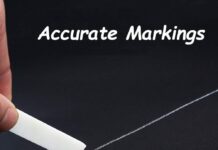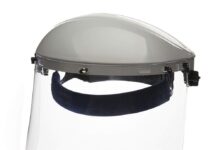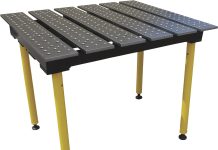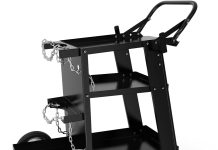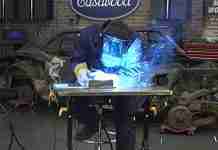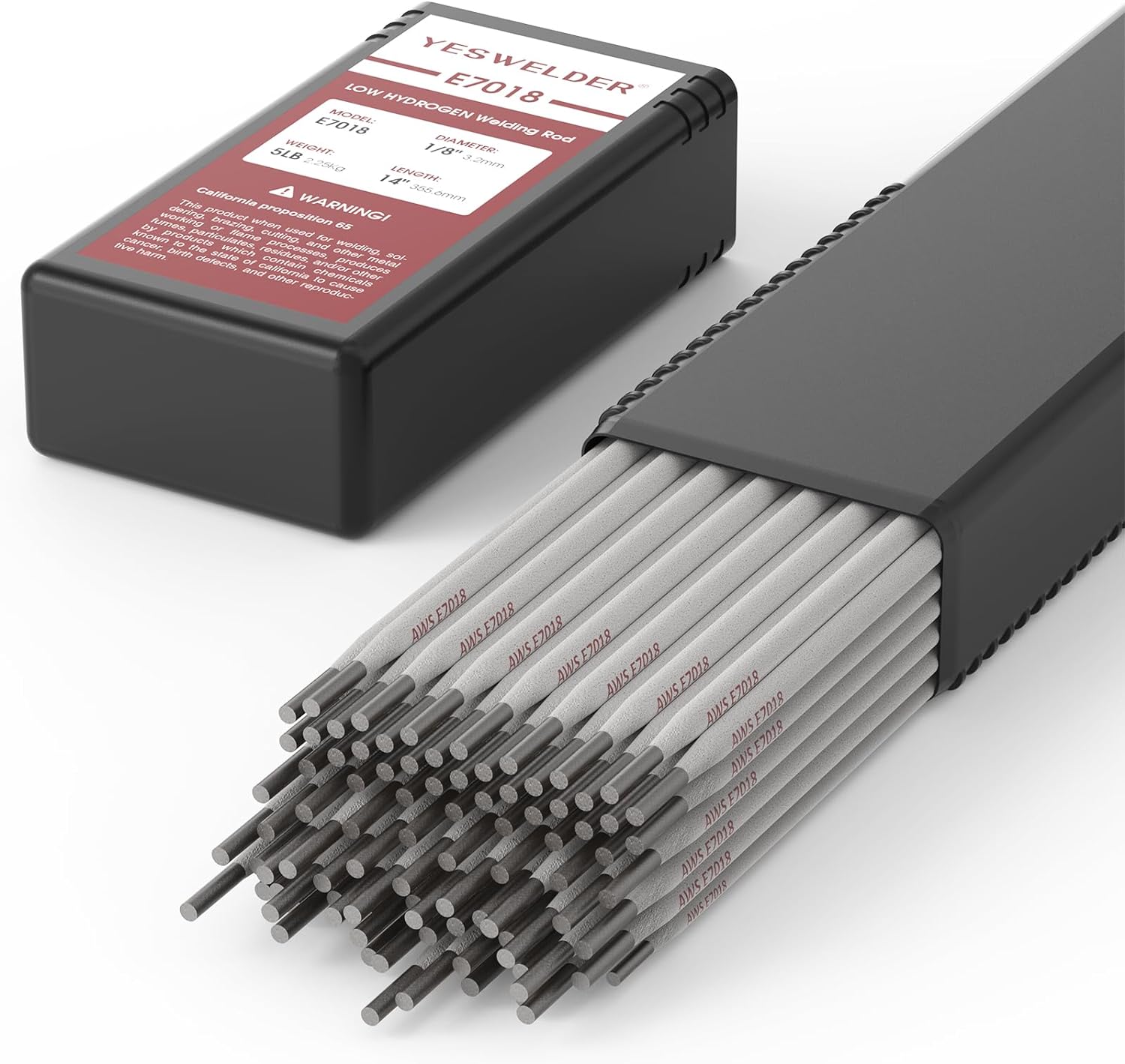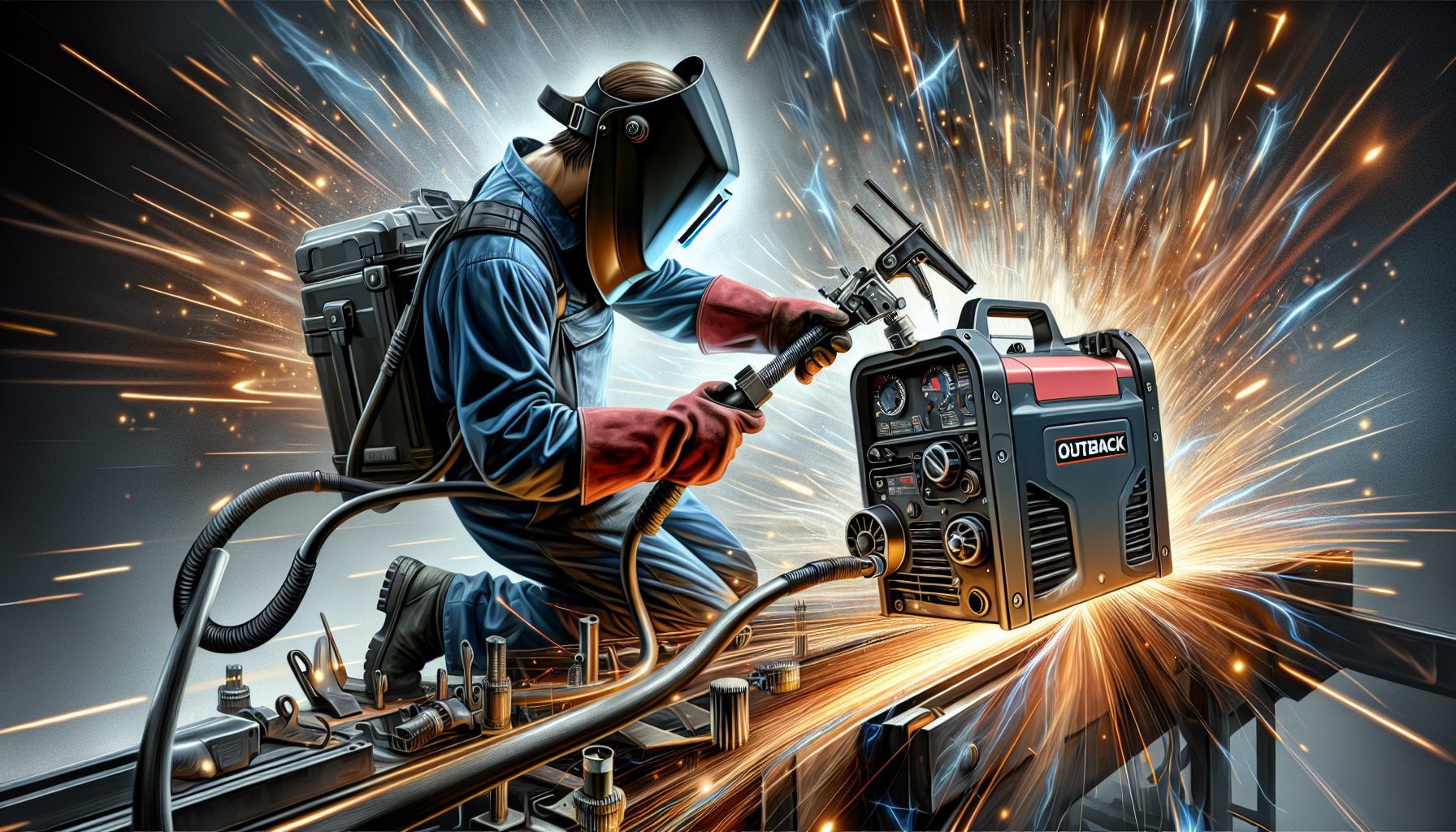When it comes to choosing the right surface for a welding table, finding the perfect fit can make all the difference in achieving flawless welds. From stainless steel to cast iron, the options can seem overwhelming. That’s why we’re here to help guide you on your quest for the ideal tabletop surface. Join us as we explore the key factors to consider, such as durability, heat resistance, and ease of maintenance, to ensure you make the best choice for your welding needs. So, let’s have a closer look at the options and find the surface that will support your welding projects with ease.
1. Overview of Welding Tables
1.1 Introduction
When it comes to welding, having the right equipment is crucial for achieving accurate and high-quality results. One such piece of equipment is the welding table, which provides a stable and reliable work surface for welding projects of all sizes and complexities. Welding tables come in various shapes and sizes, but one important aspect to consider is the tabletop surface material. The choice of tabletop surface material can greatly impact the performance and durability of the welding table, making it essential to choose the right material for your specific welding needs.
1.2 Importance of Tabletop Surface in Welding Tables
The tabletop surface is an integral part of any welding table as it directly influences the quality and precision of welds. The surface material should possess certain characteristics such as heat resistance, durability, stability, conductivity, and surface finish to ensure a successful welding process. Additionally, factors like magnetism, weight, cost, maintenance, and availability also play a role in choosing the appropriate tabletop surface material. With so many options available, it’s important to understand the different materials commonly used for welding tables and their pros and cons. Let’s explore some of the most common tabletop materials used in welding tables.
2. Common Tabletop Materials
2.1 Steel
Steel is one of the most popular choices for tabletop surfaces in welding tables. It offers excellent heat resistance, durability, and stability, making it a reliable choice for a variety of welding applications. Steel also provides good conductivity, enabling better heat transfer during the welding process. Furthermore, steel has a smooth surface finish, allowing for easy maneuverability of workpieces. However, steel tabletops can be magnetic, which may interfere with certain welding processes. They are also relatively heavy and may come at a higher cost compared to some other materials.
2.2 Cast Iron
Cast iron is another commonly used material for welding table surfaces. It is highly durable and can withstand high temperatures, making it suitable for heavy-duty welding tasks. Cast iron is also known for its stability, providing a sturdy platform for precision welding. However, cast iron can be prone to chipping and can be quite heavy, making it less portable than other materials. It may also require additional maintenance to prevent rust and maintain its surface finish.
2.3 Aluminum
Aluminum is a lightweight material that offers good heat resistance and conductivity, making it an attractive choice for welding tables. It is non-magnetic, which can be advantageous for certain welding applications. Aluminum tabletops are also known for their corrosion resistance, making them suitable for outdoor welding tasks. However, aluminum may not be as durable as some other materials, and its surface finish may be prone to scratching and wear over time.
2.4 Granite or Marble
Granite or marble tabletop surfaces are prized for their aesthetics and durability. They offer excellent heat resistance and are highly stable, ensuring a reliable work surface. Granite and marble also provide a smooth and polished surface finish, allowing for easy movement of workpieces during welding. However, these materials can be heavy and relatively expensive compared to others. They may also require careful handling to prevent breakage or damage.
2.5 Copper
Copper tabletop surfaces have excellent heat resistance and conductivity, making them suitable for welding projects that require precise temperature control. They also offer good stability, ensuring a steady surface for intricate welding tasks. Copper has a smooth surface finish, allowing for easy welding maneuverability. However, copper can be relatively expensive and may require special maintenance to prevent oxidation and maintain its surface quality.
2.6 Ceramic
Ceramic tabletop surfaces provide excellent heat resistance and stability, making them suitable for high-temperature welding applications. Ceramic surfaces are also known for their non-magnetic properties, which can be advantageous in certain welding processes. However, ceramic can be brittle and prone to chipping, requiring careful handling to avoid damage. It may also have a higher cost compared to other materials.
2.7 Composite Materials
Composite materials, such as fiberglass-reinforced plastics, offer a lightweight and versatile option for welding table surfaces. They can provide good heat resistance and stability, depending on the specific composition. Composite materials are also relatively affordable and can be easily customized to fit various welding table designs. However, their durability and conductivity may vary depending on the specific composite used.
2.8 Wood
Wood is a traditional tabletop surface material used in welding tables. It can offer decent heat resistance and stability for lighter welding tasks. Wood surfaces are also relatively affordable and can be easily replaced if damaged. However, wood may not be as durable as other materials and can be prone to warping or burning under high heat. It is also not suitable for extensive outdoor use due to its susceptibility to moisture and weathering.
2.9 Plastic
Plastic tabletop surfaces, such as high-density polyethylene (HDPE), can provide good heat resistance and stability for lighter welding applications. They are lightweight and relatively affordable, making them a convenient and portable option. Plastic surfaces are resistant to moisture and corrosion, making them suitable for outdoor use. However, they may not offer the same level of durability and conductivity as some other materials.
2.10 Rubber
Rubber tabletop surfaces offer excellent stability and vibration damping properties, making them suitable for delicate welding tasks that require precise control. Rubber can also provide good heat resistance and impact absorption. However, rubber surfaces may not be as durable as other materials and can be prone to wear and tear over time. They may also have limitations in terms of heat conductivity and magnetic interference.
3. Factors to Consider
3.1 Heat Resistance
The heat resistance of the tabletop surface material is crucial in welding applications, as it needs to withstand high temperatures without warping or degrading. It is important to choose a material that can handle the specific heat levels generated during welding to ensure the longevity of the welding table.
3.2 Durability
Durability is another important factor to consider, as the tabletop surface should be able to withstand regular use and potential impacts. It should be resistant to scratches, chips, and other forms of damage, ensuring longevity and reliability in the welding process.
3.3 Stability
Stability is essential for maintaining accurate and precise welding results. The tabletop surface material should provide a stable and sturdy platform that minimizes vibrations and movement during the welding process. This helps maintain the integrity of the welds and ensures the safety of the welder.
3.4 Conductivity
Conductivity refers to the ability of the tabletop surface material to transfer heat efficiently. Materials with good conductivity can help distribute heat evenly, reducing the risk of localized heat buildup and improving the overall welding quality. However, excessive conductivity may lead to increased heat loss in certain applications.
3.5 Magnetism
The magnetic properties of the tabletop surface material can influence certain welding processes, particularly those that involve magnetic fields. It is important to consider whether the material is magnetic or non-magnetic, depending on the specific welding techniques and equipment being used.
3.6 Surface Finish
The surface finish of the tabletop material can impact the ease of maneuverability during welding. A smooth and polished surface allows for easy movement of workpieces, reducing friction and enhancing overall welding efficiency. However, a perfectly smooth surface may be prone to scratching and may require additional protective measures.
3.7 Weight
The weight of the tabletop surface material is a crucial consideration, especially for portable welding tables or those that need to be moved frequently. Lighter materials offer better portability, while heavier materials provide increased stability and reduce vibrations during welding. The choice of weight depends on the specific welding requirements and the intended use of the table.
3.8 Cost
Cost is an important factor to consider when choosing the right tabletop surface material. Different materials have varying costs, and it is essential to find a balance between budget constraints and the desired performance and durability. It is also worth considering the lifetime cost, including maintenance and potential replacement expenses.
3.9 Maintenance
The maintenance requirements of the tabletop surface material should be evaluated to ensure its long-term usability. Some materials may require regular cleaning, polishing, or rust prevention measures to maintain their surface quality and functionality. Easy maintenance can save time and effort in the long run.
3.10 Availability
The availability of the chosen tabletop material should also be taken into account. Some materials may be readily accessible, while others may require special ordering or sourcing. Considering the availability of the material can help avoid delays in acquiring or replacing the tabletop surface if needed.
In conclusion, choosing the right tabletop surface material for a welding table is crucial for achieving optimal welding results. Each material has its own unique characteristics, advantages, and disadvantages. Factors such as heat resistance, durability, stability, conductivity, magnetism, surface finish, weight, cost, maintenance, and availability should be carefully considered to make an informed decision. By understanding the properties of different tabletop materials, welders can select the most suitable option for their specific welding needs.



